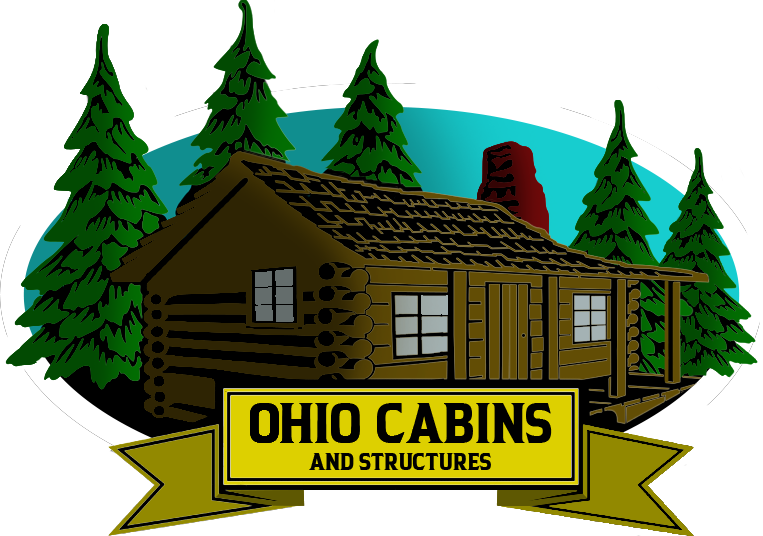Tiny homes have become a popular housing option for those seeking affordability, sustainability, and flexibility. Whether used as a primary residence, vacation home, or rental property, one of the biggest challenges tiny homeowners face is finding the right place to park their home. Since tiny homes often do not fit within traditional zoning laws, understanding where you can legally park one is crucial before making the investment.
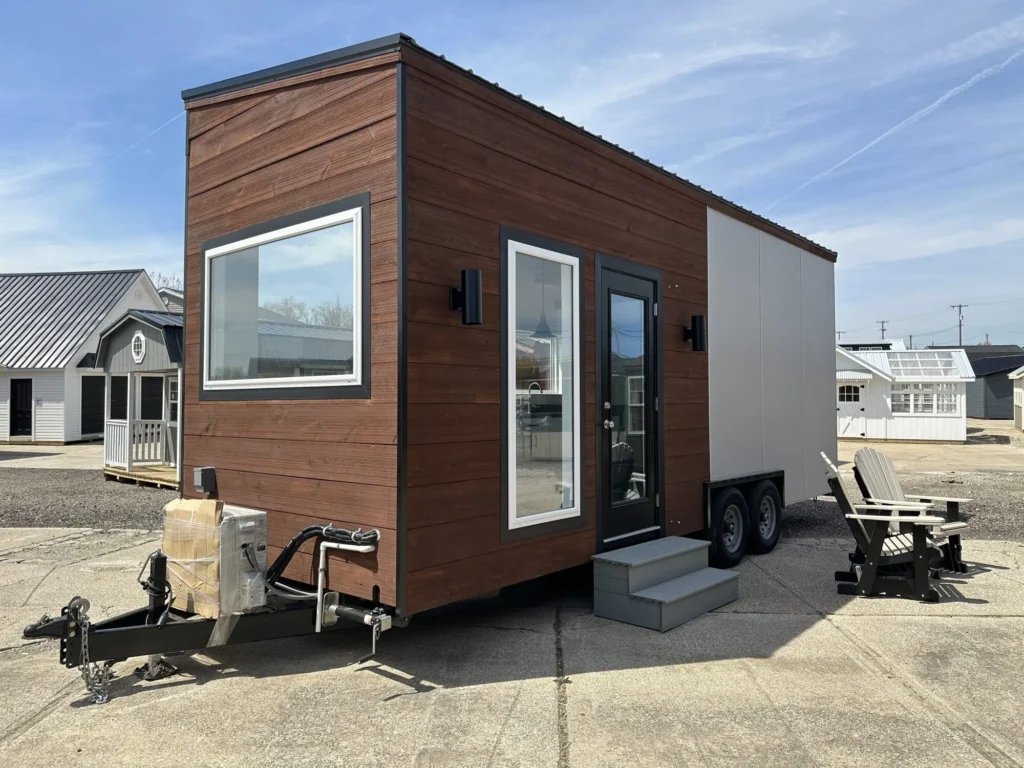
Understanding Tiny Home Classifications
Before deciding where to park your tiny home, it’s important to understand how it is classified. Tiny homes generally fall into two main categories: tiny homes on wheels (THOWs) and permanent tiny homes. The classification affects where and how they can be parked.
Tiny Homes on Wheels (THOWs)
THOWs are built on a trailer and can be moved from place to place, much like an RV. Because they are not considered permanent dwellings, they often face fewer restrictions but still require compliance with zoning laws, RV park regulations, and state vehicle registration laws.
Permanent Tiny Homes
These are built on a foundation and considered real estate. They must comply with building codes and zoning regulations, meaning they are usually restricted to areas that allow accessory dwelling units (ADUs) or small homes. Unlike THOWs, permanent tiny homes do not require a parking space but must be placed on land designated for residential use.
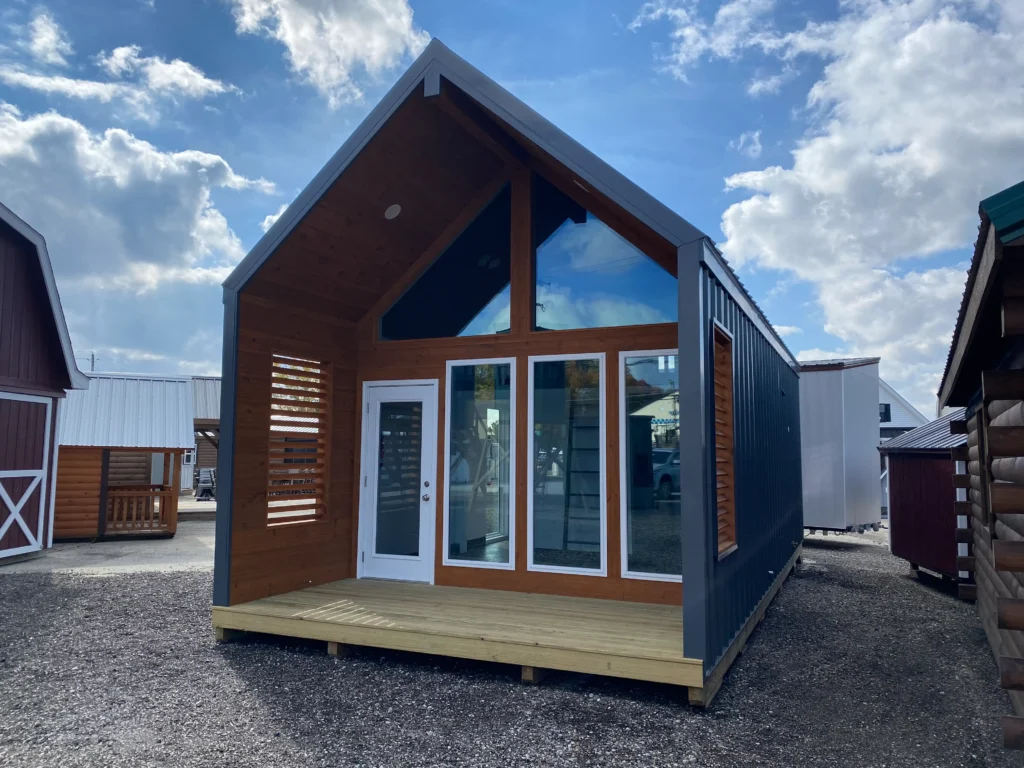
Where Can You Park a Tiny Home on Wheels?
Since THOWs are classified similarly to RVs, parking options vary based on state and local laws. Below are the most common places where tiny homeowners park their homes.
1. RV Parks and Campgrounds
One of the most accessible places to park a tiny home is in an RV park or campground. Many parks allow THOWs since they are built to similar standards as recreational vehicles.
Pros:
- Easy access to water, electricity, and sewage hookups
- Short-term or long-term lease options
- Communities of like-minded tiny homeowners
Cons:
- Some RV parks prohibit tiny homes that are not built to RVIA certification standards
- Monthly rental fees can be costly
- Limited privacy and space compared to private land
2. Tiny Home Communities
As the tiny home movement grows, more tiny home communities are being developed across the country. These are residential areas specifically designed for tiny homes and often offer shared amenities.
Pros:
- Legal and permanent parking options
- Access to utilities and infrastructure
- Community of tiny home enthusiasts
Cons:
- Limited availability depending on location
- Homeowners may still have to pay lot rent or HOA fees
- Some communities have restrictions on home size and design
3. Private Property with Landowner Permission
Many tiny homeowners choose to park on private land with the consent of the property owner. This could be a friend’s backyard, family farmland, or a leased plot of land.
Pros:
- More privacy and space compared to RV parks
- Ability to customize the setup and surroundings
- Often lower costs compared to community or RV park fees
Cons:
- Zoning laws may prohibit tiny homes as a primary or secondary dwelling
- Lack of access to utilities unless installed separately
- Risk of eviction if local authorities disapprove
4. Backyards as an Accessory Dwelling Unit (ADU)
In some areas, tiny homes can be legally placed in the backyard of a primary residence as an accessory dwelling unit (ADU). This is a great option for homeowners who want to use a tiny home as a guest house, rental unit, or in-law suite.
Pros:
- Legal and often permanent housing option
- Access to existing home utilities
- Potential for rental income
Cons:
- Local zoning laws may restrict ADUs
- Homeowners must secure proper permits and inspections
- Property taxes may increase due to the additional dwelling
5. National Forests and Bureau of Land Management (BLM) Land
For those seeking off-grid living, public lands managed by the National Forest Service or BLM allow camping for limited periods. This can be a temporary solution for tiny homeowners looking to travel.
Pros:
- Free or low-cost parking
- Scenic, nature-filled locations
- Great for short-term stays and travel
Cons:
- Limited to short stays (usually 14-30 days per location)
- No access to utilities or services
- Some areas prohibit long-term or full-time living
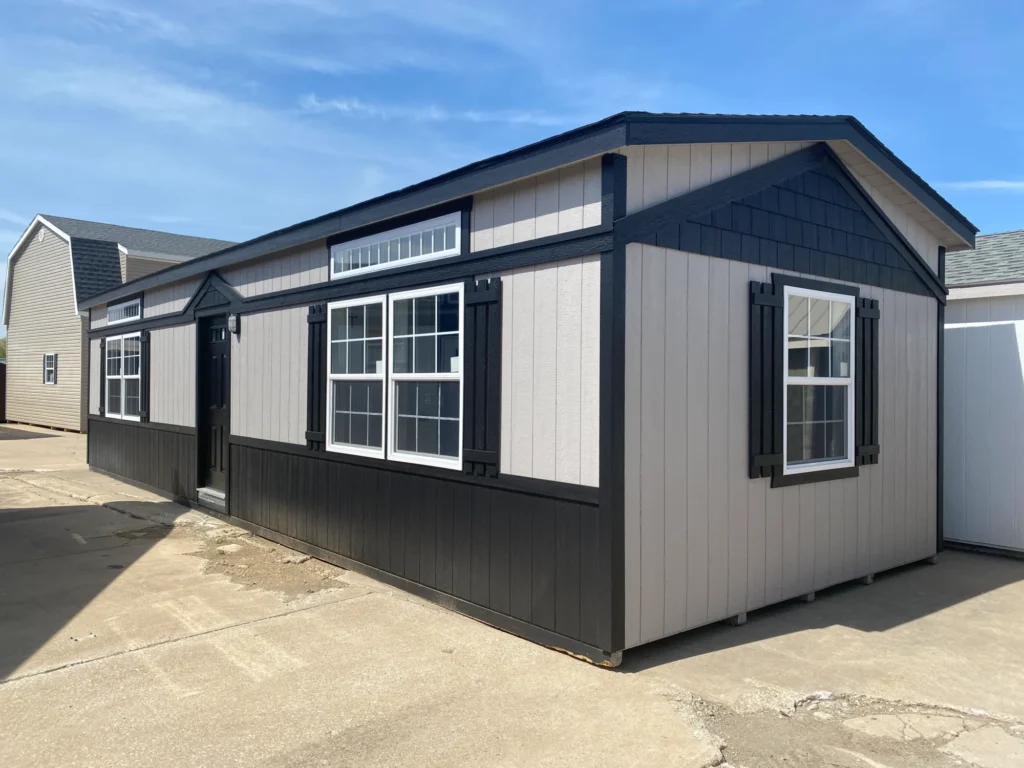
Where Can You Place a Permanent Tiny Home?
For those who prefer a foundation-based tiny home, the options for legal placement are more restricted and dependent on zoning laws and building codes.
1. Residential Lots in Tiny-Home-Friendly Cities
Some cities have begun updating zoning laws to accommodate tiny homes as primary residences. These areas allow tiny homes on small residential lots, similar to traditional homes.
Pros:
- Full legal status as a permanent residence
- No need to move the home once established
- Can increase property value over time
Cons:
- High land and construction costs compared to THOWs
- Permitting process can be lengthy and complex
- Not all areas are tiny-home-friendly
2. Rural Land or Agricultural Zones
Many tiny homeowners opt to buy rural land where zoning laws are more relaxed. Agricultural or unincorporated areas often have fewer restrictions on small structures.
Pros:
- More freedom to build and customize
- Lower land costs than urban areas
- Potential for off-grid living
Cons:
- May lack infrastructure like water, sewer, and electricity
- Distance from city conveniences
- Some states still require minimum square footage for residences
3. Mobile Home or Manufactured Home Parks
Some mobile home parks allow tiny homes, particularly if they meet HUD standards. These parks typically provide full utility hookups and amenities.
Pros:
- Legal and permanent placement option
- Access to community amenities
- Lower cost than purchasing private land
Cons:
- Space rental fees apply
- Restrictions on home design and size
- Some parks do not allow non-manufactured tiny homes
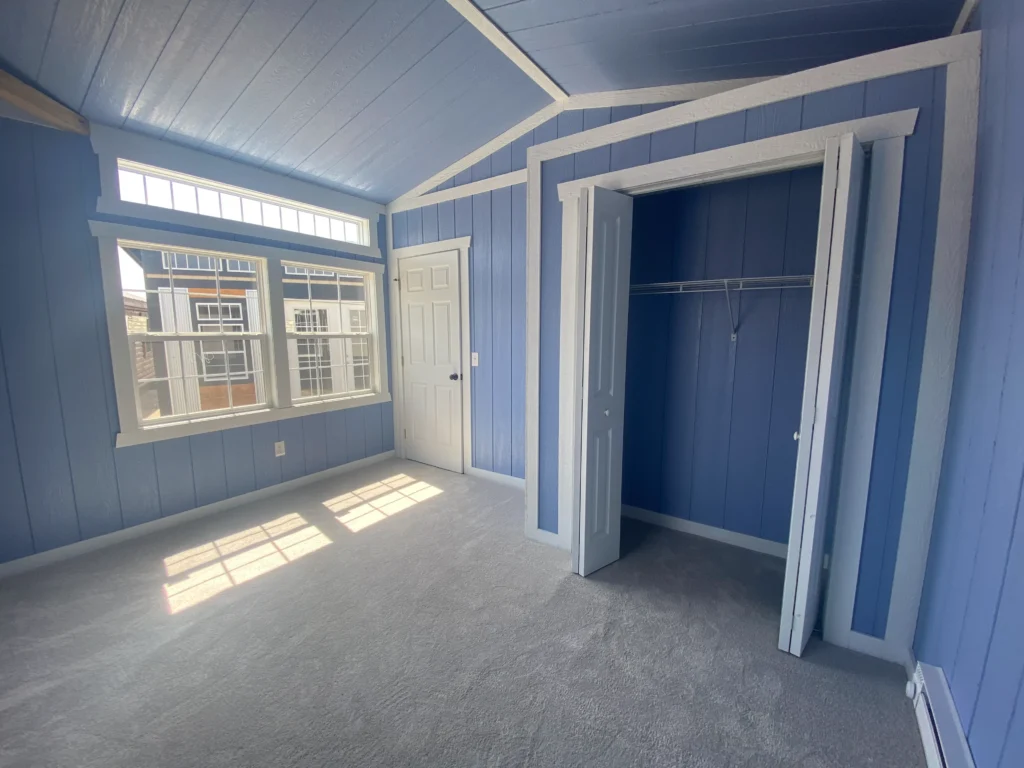
Factors to Consider When Choosing a Parking Spot
Before deciding where to park your tiny home, consider the following factors:
1. Legal Restrictions
Always check local zoning laws, permits, and building codes before placing your tiny home. Some areas may have size, foundation, or residency restrictions.
2. Utility Connections
Determine how your home will access water, electricity, and sewage. Some locations offer full hookups, while others require off-grid solutions like solar panels and composting toilets.
3. Costs and Fees
Consider all expenses, including:
- Land or lot rental fees
- Permit and zoning application fees
- Utility installation and maintenance costs
4. Long-Term vs. Short-Term Parking
If you plan to move your tiny home frequently, look for RV parks and campgrounds. For those seeking a permanent residence, residential or agricultural lots may be better.
5. Accessibility and Lifestyle
Think about proximity to work, family, and amenities. Remote locations offer privacy but may lack access to grocery stores, hospitals, and schools.
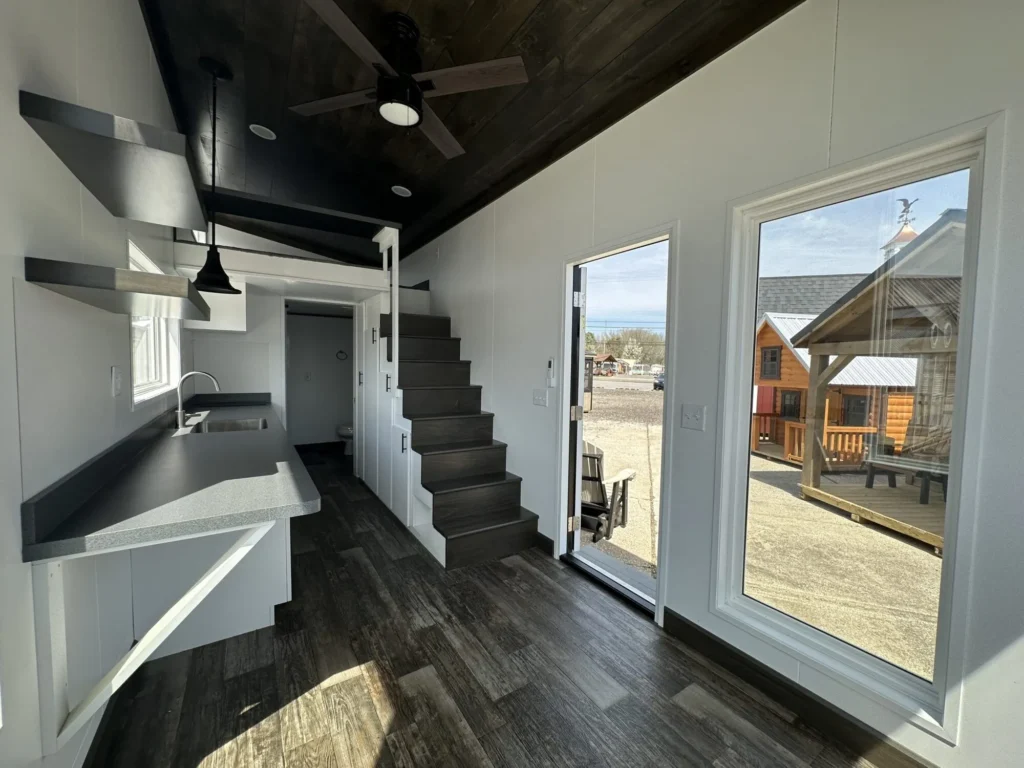
Conclusion
Finding the right place to park a tiny home requires careful research and understanding of local regulations, land availability, and lifestyle preferences. Whether you choose an RV park, backyard ADU, rural property, or tiny home community, each option has advantages and challenges.
At Ohio Cabins & Structures, we specialize in high-quality tiny homes that comply with zoning laws and provide flexibility for different living arrangements. Whether you’re looking for a permanent tiny home or a THOW for travel, we can help you navigate your options and find the perfect solution for your needs. Contact us today to learn more about how to make your tiny home dream a reality!
